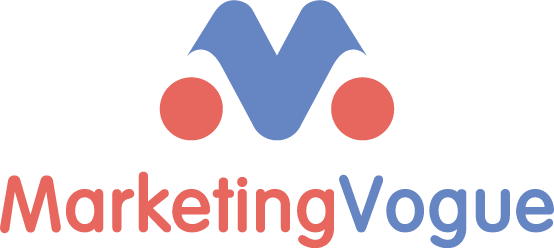How to Align Content with the EMEA B2B Tech Buyer Journey and Digital Preferences
The truth is, B2B tech buyers conduct significant research before making a purchase, and different types of content resonate at various stages of their journey. While the buyer journey isn’t always linear, understanding what IT professionals need at each stage—and their digital research preferences—is key to building an effective content strategy. In this article, we’ll explore how to align content with the buyer journey and meet digital research preferences.
Understanding Digital Research Preferences
Content is powerful, but for it to truly drive success, it needs to be tailored to the right audience, focus on topics that matter to them, and be distributed across the right channels. Your content doesn’t just live on your own website—it spans an entire ecosystem, including partner sites, paid media, and organic search. To be effective, you need to understand buyer behavior across these channels, as this will inform your content strategy.
The Shift Toward Self-Sufficient Research
Recent studies show that the research process for B2B tech purchases has become increasingly self-sufficient and digital-first. In fact, 83% of the research process is now conducted independently, without direct interaction with a vendor. Additionally, 62% of buyers are able to develop their purchase criteria and create a vendor shortlist solely from digital content they find online.
Where IT Buyers Conduct Their Research
So, where are IT buyers looking for content?
- Vendor Websites: Your own website is a crucial part of the research process. It’s the most frequently visited destination across the buying cycle, so ensure it’s optimized for easy navigation and valuable content consumption.
- Independent Publishers: Sites like Computerworld, ZDNet, and Marketing Vogue are also major resources, especially in the early and middle stages of research. 98% of European buyers prioritize these independent, vendor-neutral sources for educational content.
- Search Engines: Google continues to play a significant role in helping buyers discover content. Strong SEO is essential for making sure your content surfaces at the right moment. Partnering with media outlets that rank well on Google can also help attract the right prospects.
Content That Resonates at Every Stage
Now that we know where buyers are searching, let’s dive into which types of content are most effective at each stage of the journey:
- Early and Mid-Stages: Independent articles, white papers, webinars, and videos are all highly valuable at this point. Independent articles, especially those written by third-party experts, offer an unbiased perspective on technology solutions, comparing vendors and products.
- Late Stage: As buyers narrow down their options, trial downloads, executive interviews, and analyst reports become more important. Interviews with vendor executives can be particularly effective at this stage, as senior decision-makers often want reassurance that the solution will solve their business pain.
What Content Should You Create?
A significant portion of IT buyers—71%—still prefer text-based content like white papers and analyst reports. So, continue to incorporate these into your strategy. Don’t forget the power of translating content into local languages. While it may not be a strict necessity, offering content in the local language signals to buyers that you have a strong local presence and can provide region-specific support. This is especially important in countries like France, Germany, and Spain.
Webinars: Not as Tired as You Think
Webinars and digital events have long been popular content formats, but there’s been much talk of “digital fatigue.” However, only 30% of European buyers report being tired of attending online events. In fact, virtual event attendance has increased by 29% in the past year. So, webinars remain a valuable tool, as long as they focus on topics that resonate with your audience. Use intent data to identify trending topics and ensure your content stays relevant.
Optimizing Content Marketing with Data
To optimize your content strategy, start by evaluating the current user experience on your website. Take a hard look at your touchpoints and assess where buyers may be dropping off. Are there gaps in the content you’re offering? Do you have a clear way to measure the return on investment (ROI) of your content?
Additionally, ensure you’re partnering with the right media outlets to reach your target audience. Use intent data to identify the topics that are most likely to engage your buyers, and adjust your content accordingly to drive better results.
By understanding buyer behaviors and aligning your content with their preferences, you can deliver a more effective and impactful user experience—ultimately driving greater results for your organization.


